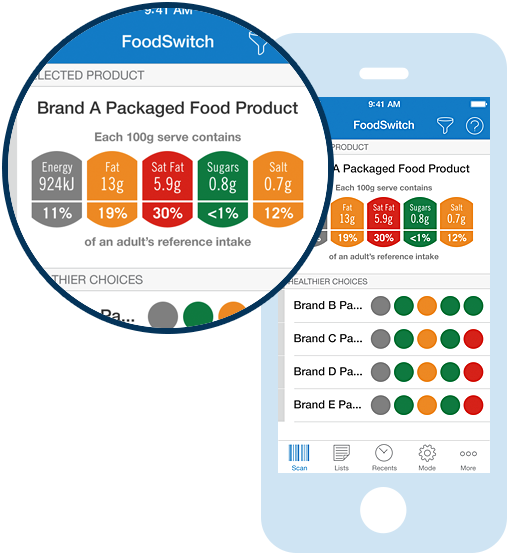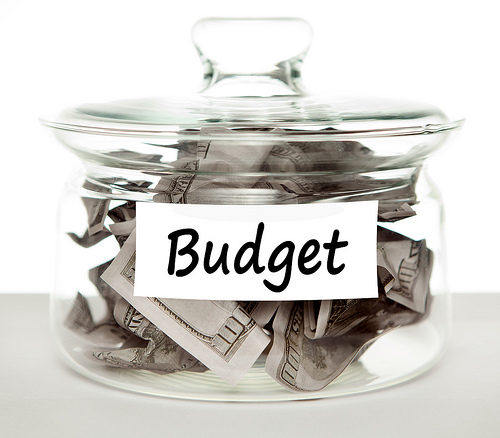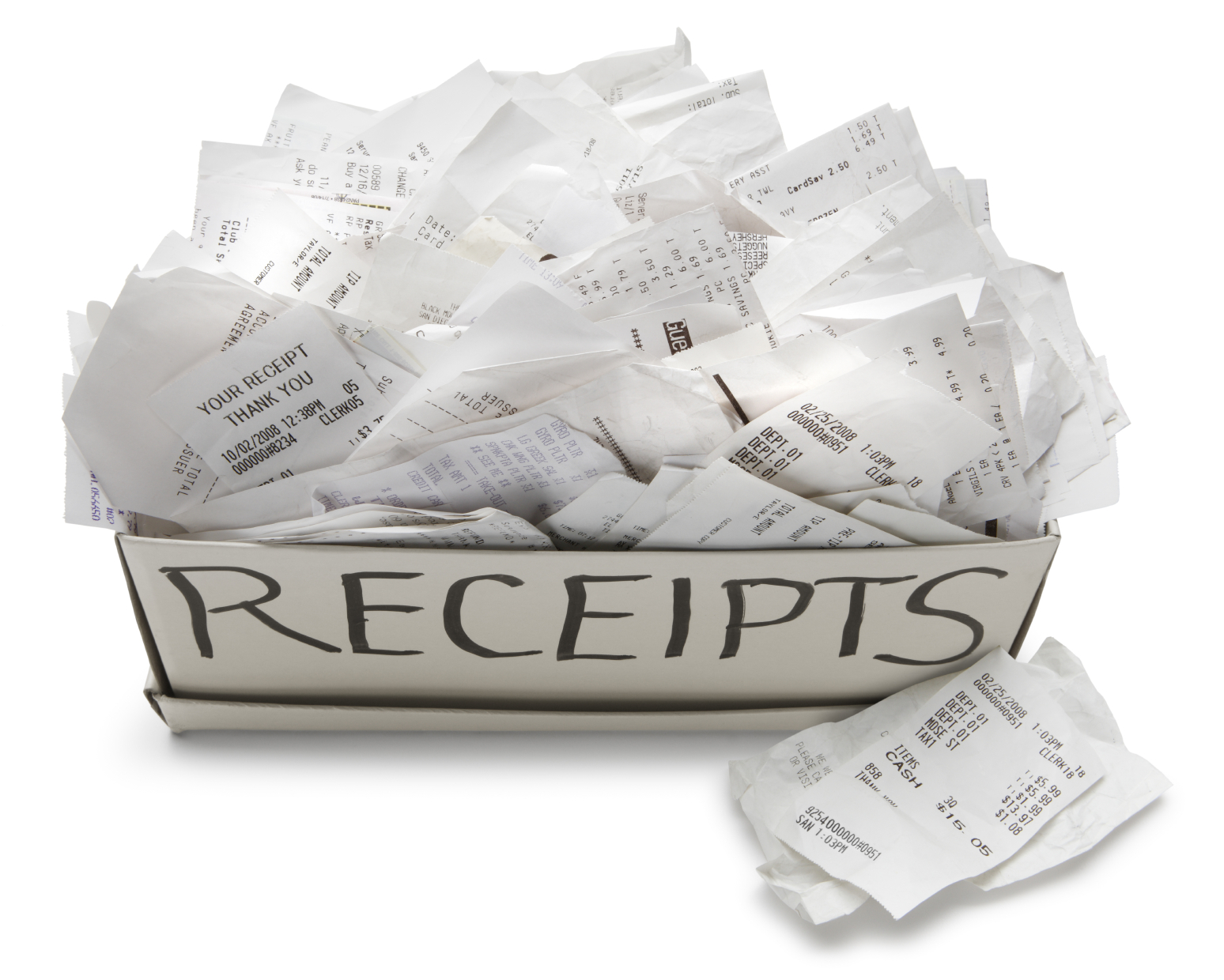How to understand labels on food?
How to understand different nutrition labels on food, vegetables, fruits and other nutrients; many consumers should know how to use this information in a more effective and easier way. The purpose behind that is learning the skill of how to read labels to make it easier and contribute in following a healthy dietary system.
The information coming from the main section may differ according to every product that has his own information but there are a set of categories which are a must to know such as: the size of the product, calories, nutrition information and nutritional values including: fats, sodium, and fiber. Coming next is a group of instructions that helps explaining nutrition labels.
Most of the packed food has labels on the back or the side or the middle that includes information about energy {kg}, calories {kcal}, and also includes information about fats whether saturated or unsaturated, carbohydrates, sugars, protein, salt. And this information is sowed for every 100 grams and sometimes part of nutrition items.
Usually, supermarkets and nutrition item maker’s highlight on energy, fats, sugars and salt in front of packing and raping. You can use these labels to help you pick a more balanced nutrition system. In order to follow a more balanced nutrition system, you can have at least five sets of different groups of fruits and vegetables every day.
But s you It is advisable to pick full grains or fibers than to consume different meals such as potatoes, bread, rice, macaroni, or any starchy carbohydrate. It is also advisable to choose less fats and sugars when it comes to dairy products and drinks like: soy beans or yogurt.
How to understand nutrition labels on foods:

Nutritional labels that are on the back or the side of packaging:
Mostly the nutritional labels are showed on the back or the side of the packaging. For example: the picture shows a label for nutrition items that are on a white loaf of bread.
This kind of labels include information about energy, Saturated fats and it can also give you some other nutrition items like fibers for every 100 grams
How can I know if the food is high in fat or salt?
There are some basic guiding principles that tell you if the food contains high percentage of fat, saturated fat, salt or sugar.
Total fat:
High fat: if it’s more than 17, 5 gram for every 100 grams.
Low fat: if it’s about 3 gram or less for every 100 grams.
Sugars:
High sugar: more than 22, 5 gram of sugar for every 100 grams
Low sugar: 5 gram of sugar or less for every 100 grams
Salt:
High salt: more than 1, 5 gram for every 100 grams
Low salt: 0, 3 gram of salt for every 100 grams
For example, if you are trying to lower saturated fat, you can limit the consumption of food that contains more than 5 grams of saturated fat for every 100 grams
There are some nutrition labels on the back or the side of the packaging and this photo clarifies the nutrition labels and illustrates items such as:
- Energy
- Fat content
- Saturated fat content
- Sugars content
- Salt content
These labels provide information about number of fat grams, saturated fat, salt, sugars, and the amount of energy available in every nutrition meal. However, be aware that the manufacturing companies differ.
The front label also provides a set of reference information:
The reference information works on giving information on how can food, drink or a specific product can suit your nutrition daily system. Moreover, it also gives you the guidelines about the amount of nutrition items and the required energy to follow in order to lead a healthy nutrition system.
Explaining the color code {red, green, yellow}:

There is some nutritional information encoded in colors as shown on the top of the picture. This picture provides a hint which tells you if the product contains a high, medium, or low small amount of fat, saturated fat or salt.
Red: it contains a high percentage
Yellow: it contains a medium percentage
Green: it contains a low percentage
In short, choosing nutritional products that contain a green label is the best choice in order to make sure of your selection and insure what’s best for your nutritional system
Yellow indicates that it contains a medium percentage. Thus, you can eat food which contains the color yellow on the nutritional label.
However, the red indicates that this food contains a high percentage of fat, saturated fat, salt and sugar. Hence, this type of food must be reduced from your nutritional system and eaten in lower amounts.
List of Ingredients:
Most packed nutritional products contain a list of ingredients which exist on the package or on the label. This list helps to check the viability of the product.
The ingredients are written by order according to weight. Thus, this means that the basic ingredients of packed products are packed as well. If the premiere ingredients are few, then it is full of fat such as in cream, butter, oil or in nutritional based on fat.
Tips on Nutrition shopping:
When you are in the supermarket, you attempt to choose specific products and you find yourself in a hurry. Yet, one must look for labels of nutritional ingredients when buying a fast meal. Checking the label of nutritional ingredients which is on the frontal part of the package should include checking the amount of energy, calories, salt, sugar and carbohydrates. Additionally, if the label is in a specific color, then it is preferable to go with the Green color. One should remember that it is very important to check for the viability of nutritional products.
Writing a shopping list:
If you intend to go shopping without a list, then you will lose a lot of money. Thus, it is best to make a list with all you need and make sure that the written elements are not in your store.
Planning a weekly list:
Planning a weekly list is the best way to insure that you have a complete list. Moreover, it insures that you have enough to serve dinner for your family for an entire week. Planning a weekly list helps to avoid buying nutritional products the next week.
Do not go shopping hungry:
Going shopping hungry is one of most common problems. When you are hungry, you end buying more products and spending more money. Thus, it is advisable to have a good meal before preparing the shopping list.
Putting a budget:

When going to the store, you should specify the amount of money you wish to spend in accordance with the house budget. This helps to avoid spending too much and buying undesired products.
Determining the quantity:
If you wish to commit to the budget, then you should determine quantities which are suitable to the budget. Calculating the expenses is not difficult that it requires a calculator but it depends on quick mathematical skills.
Buying huge quantities of nutritional products:
One should buy huge quantities of any set group such as rice or pasta because it will help save a lot of money. However, one should make sure he will be able to consume such quantity before it expires.
Keeping receipts:
Never dispose receipts after shopping because it is a great way to compare between different store prices and knowing the cheapest. Thus, receipts are like a reference after finishing the shopping list.
Buying frozen vegetables:

Despite the fact that fresh vegetables are the best, yet, frozen vegetables are considered the better choice when storing nutritional products in the fridge.
Reducing snacks:
Buying snacks is considered a big waste of money. Buying a great amount of snacks only takes a few minutes but it consumes more money.
Preparing lunch leftovers for children:
Extra quantities left of lunch should be prepared for children and served as a snack before dinner or freeze it in the fridge in order to cook it for dinner or for next week.
Do not forget a group of essential elements:
There are a group of essential products such as batteries, toilet paper, lamps and other necessities. One could buy an entire group of these elements in order to save more money. Hence, it is a must to make sure these elements are mentioned in the shopping list.



